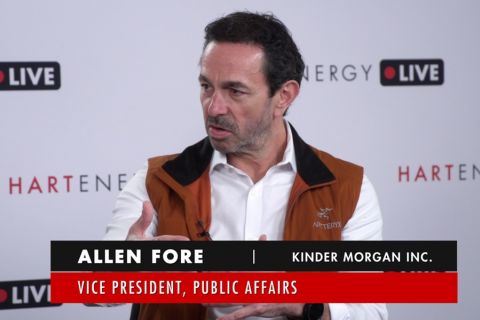By Doug Sheridan, EnergyPoint Research
The oil and gas industry’s largest upstream suppliers are racking up plenty in the way of revenues these days. By our estimates, the “Big Four” integrated global service providers and the top five capital equipment manufacturers on a combined basis account for approximately one quarter of all supplier-segment sales to the upstream. Might doesn’t necessarily make right, however, and customers appear increasingly underwhelmed with the performance of the industry’s highest-profile names.
None currently enjoys above-average ratings in EnergyPoint Research’s independent customer satisfaction surveys, and current trends don’t suggest the situation will significantly change anytime soon. Shareholders seem to sense something’s amiss as well, as the eight pure-play oilfield names (we’ve excluded GE as a cross-industry conglomerate) have seen their stock prices rise just 29.4% in the 24 months ending June 30. This compares to a gain of 63.3% for the Philadelphia Oil Services Sector Index (OSX) over the same period.
With the offerings and capabilities of the industry’s largest suppliers looking strikingly similar these days as a result of organic growth development and acquisition efforts, their customer ratings and financial performance seem to have effectively converged. This has made it even more of a challenge for both customers and investors to see much in the way of differentiation among companies. Suppliers’ efforts to fit in have, in effect, made it substantially more difficult, maybe even impossible, to stand out. The result is that customers are now able to more effectively push price as the final differentiator.
Unfortunately, what both customers and suppliers appear to have missed in their march toward greater uniformity in offerings, capabilities, and footprints is the possibility from “do-it-all, be-everywhere” organizations.
Alas, Size Isn’t The Prize
It shouldn’t come as a big surprise that things have turned out this way. One need to look no further than the problems the financial services industry heaped upon itself when it decided bigger was better. The ability of large institutions to offer customers everything under the sun, in the form of the vaunted “financial supermarket,” would spur innovation, competition, and efficiency it was argued. It was the perfect dangle. But in the end, the strategy backfired as individual banks ventured too far from their particular core competencies.
Likewise, we believe that until a renewed focus on developing, emphasizing, and defending suppliers’ core competencies emerges within the oil and gas industry’s most influential circles, customer satisfaction levels will very likely continue to languish. Whether it be from a lack of differentiation stemming from persistent group-think mentalities, difficulties in running increasingly diverse and far-flung operations, or the inevitable “averaging down” of customer experiences as a result of bundling efforts, the deck seems stacked against the growth-through-diversification approach of the biggest players.
Where Real Strengths Lie
Lower customer satisfaction levels for the industry’s largest suppliers do not necessarily reflect irresolvable deep issues. Rather, it’s the tight clustering of their ratings at such consistently mediocre levels along with the ongoing deterioration in performance and reliability that we see as the salient concerns.
Change is never easy, but the first step in achieving better performance among the industry’s largest suppliers may very well be in recognizing that an organization’s real strengths lie not in its similarities with its competitors, but in its differences.
Here is how global/integrated oil field suppliers fared based on a trailing 24-month average.
|
Total satisfaction
|
Rating
|
Trend
|
|
Aker Solutions
|
Very low
|
Down
|
|
Baker Hughes
|
Avg
|
Steady
|
|
Cameron International
|
Avg
|
Steady
|
|
FMC Technologies
|
Low
|
Down
|
|
GE Wood Group
|
Avg
|
Steady
|
|
Halliburton
|
Avg
|
Down
|
|
National Oilwell Varco
|
Low
|
Steady
|
|
Schlumberger
|
Avg
|
Steady
|
|
Weatherford International
|
Avg
|
Steady
|
|
Performance, Reliability
|
Rating
|
Trend
|
|
Aker Solutions
|
Very low
|
Down
|
|
Baker Hughes
|
Avg
|
Steady
|
|
Cameron International
|
Avg
|
Down
|
|
FMC Technologies
|
Avg
|
Down
|
|
GE Wood Group
|
Avg
|
Steady
|
|
Halliburton
|
Avg
|
Down
|
|
National Oilwell Varco
|
Low
|
Down
|
|
Schlumberger
|
Avg
|
Steady
|
|
Weatherford International
|
Avg
|
Steady
|




